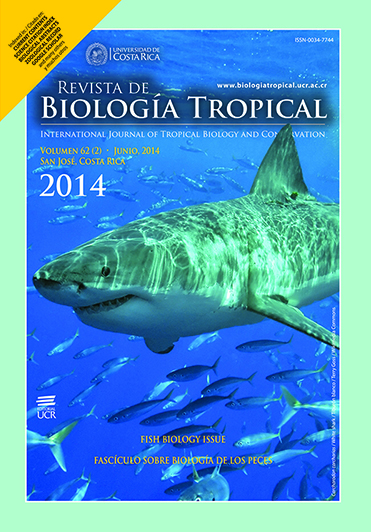Abstract
Rice cultivars are affected directly and indirectly by the insect sogata. The mechanical damage or direct loss, is produced after feeding and ovoposition on the young leaves tissues, while the indirect damage is produced after the transmission of the Rice hoja blanca virus. We studied the morpho-anatomic structures associated with the resistance of the mechanical damage produced by the insect, in six rice cultivars, including controls for resistance and susceptibility (Makalioka and Bluebonnet 50), during August 2011, in Fundacion Danac, Venezuela. Samples were taken from leaf 3, where cuticle thickness, presence of macrohair, microhair and silica bodies in the second third of the leaf was evaluated. A significant difference to thickness of the cuticle, the presence of microhair in the leaves, and presence of silica bodies was observed among cultivars, determining a significant correlation among the number of macrohair and microhair in the adaxial leaf blade with the presence of silica bodies, and thickness of the cuticle and number of posed insects. Thickness of the cuticle and presence of silica bodies in the intercostals space of microhair and macrohair showed to be the variables most related to mechanical damage and resistance mechanism.
This work is licensed under a Creative Commons Attribution 4.0 International License.
Copyright (c) 2014 Revista de Biología Tropical

